Frühe Adonisjungfer
© Clemens M. Brandstetter
 (from Boudot & al. 2009:83): It is a common species in most parts of Europe but becomes more scattered to the southeast. In North Africa it is limeted to Marocco, where it is regarded as a glacial relict. The identity of an old specimen at Iscenderun in southern Turkey and reported by Selys has been confirmed.
(from Boudot & al. 2009:83): It is a common species in most parts of Europe but becomes more scattered to the southeast. In North Africa it is limeted to Marocco, where it is regarded as a glacial relict. The identity of an old specimen at Iscenderun in southern Turkey and reported by Selys has been confirmed.
 (from BDS) "A large, active, deep red damselfly with black legs and a bronze-black top to the thorax which has broad red or yellow stripes. The female exists in several colour forms varying in the amount of red and black on the abdomen from nearly all black in f. melanotum to mainly red in f. fulvipes. The pterostigma is black. This is one of the earliest species to appear each spring. Can be found in almost any freshwater habitat but rarely on fast-flowing rivers or streams".
(from BDS) "A large, active, deep red damselfly with black legs and a bronze-black top to the thorax which has broad red or yellow stripes. The female exists in several colour forms varying in the amount of red and black on the abdomen from nearly all black in f. melanotum to mainly red in f. fulvipes. The pterostigma is black. This is one of the earliest species to appear each spring. Can be found in almost any freshwater habitat but rarely on fast-flowing rivers or streams".
 Società italiana per lo studio e la conservazione delle libellule.
Società italiana per lo studio e la conservazione delle libellule.
Diese rot gezeichnete Art wird oft übersehen, weil sie sich in der Vegetation aufhält. Wissenschaftlich heisst die "Frühe Adonisjungfer", Pyrrhosoma nymphula (Sulzer 1776). Von der Scharlachjungfer unterscheidet sie sich durch die schwarzen Beine. Sie lebt an langsam fliessenden Gewässern und moorigen Tümpeln. Die Art ist in Europa weit verbreitet – sie steht in Deutschland – wie alle Libellen-Arten unter Naturschutz.
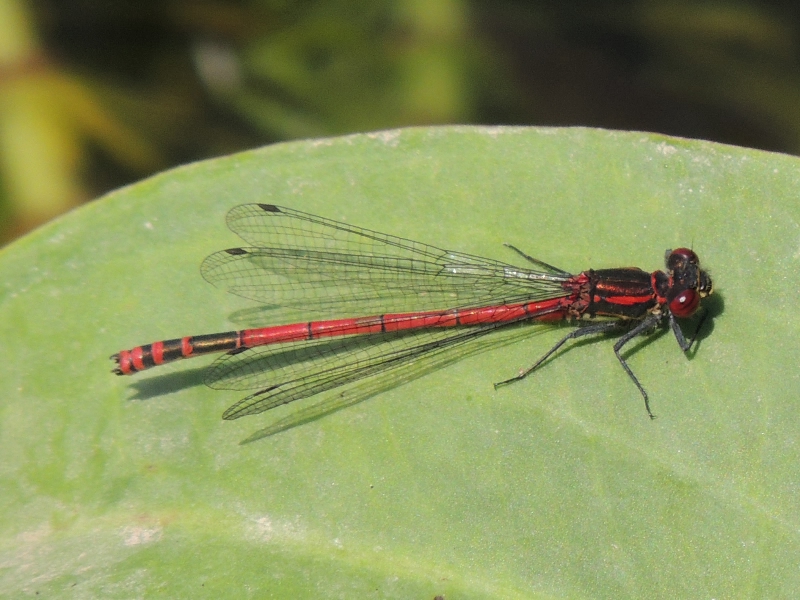
Abb. 1: Männchen der Frühen Adonisjungfer – sie fliegt zwischen Mai und Oktober.
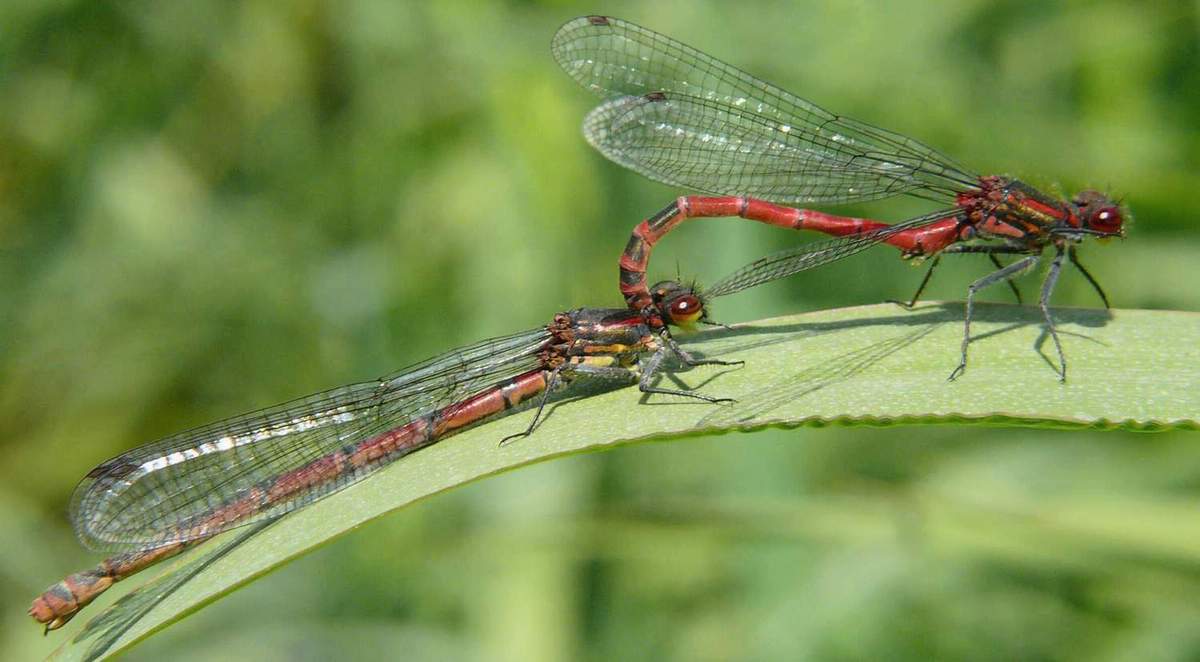
Abb. 2: Tandem am 30.V.2009 im Mehner Bruch, Gemeinde Stemwede, Kreis Minden-Lübbecke, NRW – Foto: © Werner Clausen.
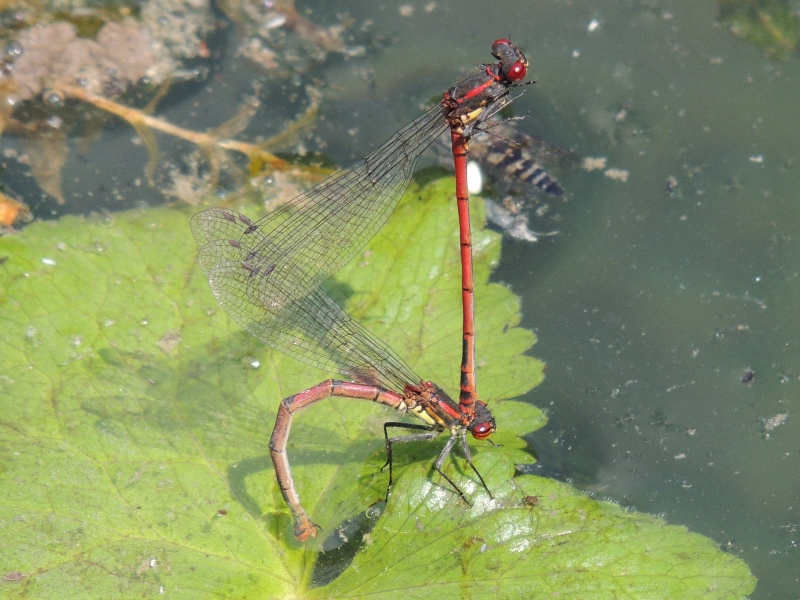
Abb. 3: Das Männchen verbleibt beim Weibchen, während es die Eier ablegt.
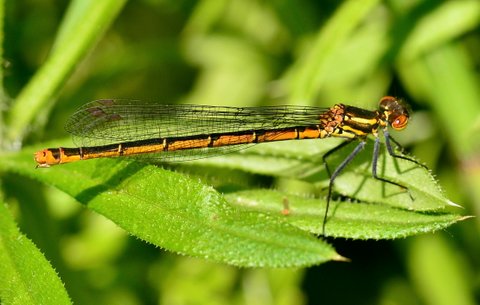
Abb.4: Frühe Adonisjungfer – f.melanotum aus "Fontane Bianche" Sernaglia della Battaglia, Prov. Trevisio, Veneto. – Foto: Pino Perino.
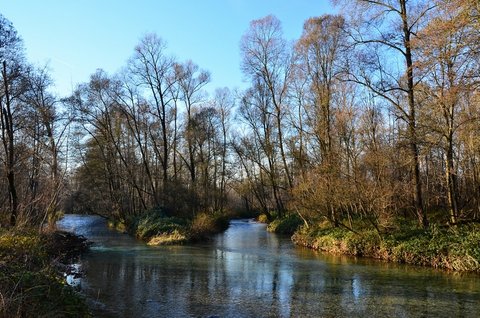
Abb. 5: "Fontane Bianche" Sernaglia della Battaglia, Prov. Trevisio, Veneto. – Foto: Pino Perino.
Literatur:
Boudot J.-P., V. J. Kalkman, M. Amorín, T. Bogdanović, A. Rivera, G. Degabriele, J.L. Dommanget, S. Ferreira, B. Garrigós, M. Jović, M. Kotarac, W. Lopau, M. Marinov, N. Mihoković, E. Riservato, B. Samraoui & W. Schneider 2009: Atlas of the Odonata of the Mediterranean and North Africa. – Libellula Supplement 9:1-256.
Sulzer, J.H. 1776: Abgekürzte Geschichte der Insekten nach dem Linnaeischen System. 1. – Winterthur, Germany. H. Steiner & Co., 1: XXVIII+274 pp.; 2:[2] pp.+32 pls.
